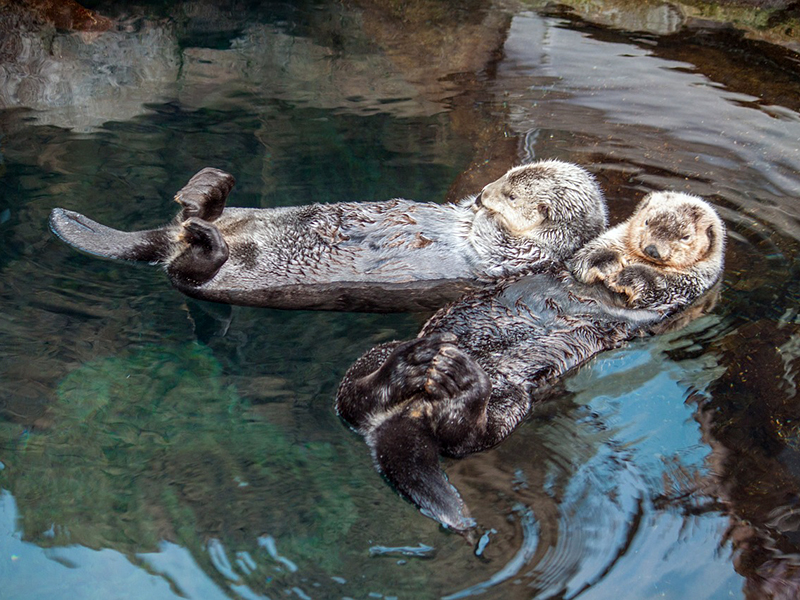
February 10, 2025| Education, Environment
By: Patrick Krudop
Welcome to the February edition of Creature Feature, where we highlight the fascinating species that call New Jersey home. Whether you're a longtime reader or new to our series, feel free to explore past issues (a few are linked below) for more on New Jersey’s wildlife.
In honor of Valentine’s Day, we’re dedicating this issue to explore monogamy in the animal kingdom. From loyal birds to devoted mammals, we’ll take a closer look at creatures that form lasting bonds.
While these “fur-ever” pairs may seem romantic, it’s important to set aside our human perspective when considering animal mating habits. Unlike humans—whose social and cultural influences often encourage monogamy—animals may change mates if it benefits their survival or reproduction. Throughout this feature, we’ll explore species known for lifelong bonds, but remember, these behaviors can be more complex in the wild.
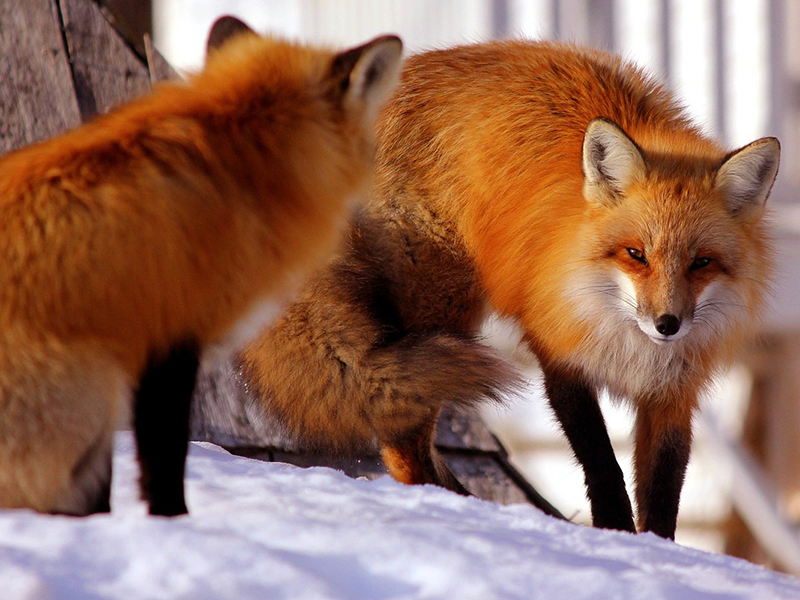 |
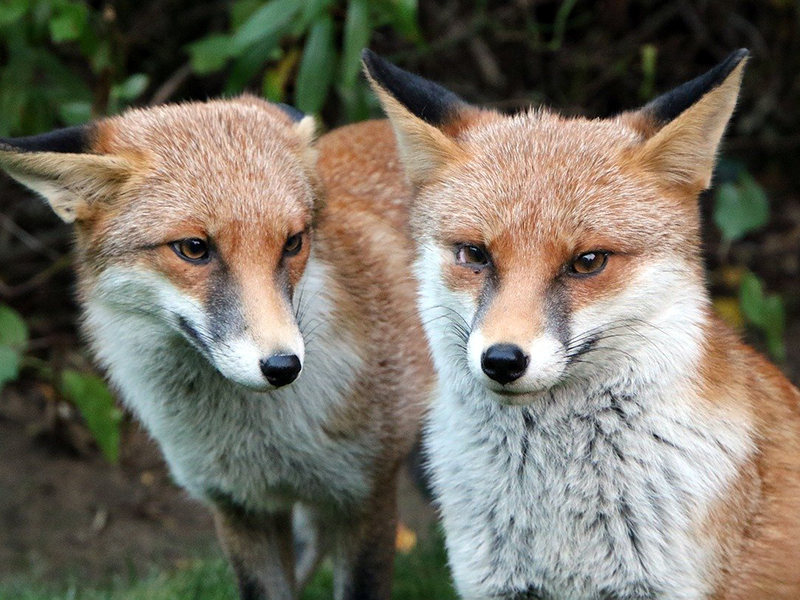 |
Despite having the largest distribution of any land mammal except humans, the red fox is generally an elusive species that people seldom encounter. However, you’ve likely heard their unsettling shrill call, often compared to the sound of a dying animal, which can be hard to ignore, especially when they’re most active in the middle of the night. The red fox weighs in at an average of just 11 pounds; these small members of the dog family (Canidae) are commonly portrayed as mischievous and cunning in media, due to their specialized predatory senses.
Capable of detecting and using the Earth’s magnetic field to assist in hunting, the red fox is the only species known to use the magnetic field in a way other than for navigation, as seen in sharks, turtles, and birds. John Philips, a magnetic sense scientist from Virginia Tech, describes it simply: “Imagine you had a flashlight attached to your belt that was pointed down at the ground at a fixed angle of say 60 degrees. The beam of the flashlight would hit the ground at a fixed distance in front of you. If you were trying to determine the exact location of a sound source coming from the ground in front, you could approach until the beam was exactly superimposed on the sound source. This would place you at a fixed distance from the source. As you attacked such targets again and again, you could perfect a highly stereotyped leap that precisely lands you accurately on the target.”
Although red foxes are often known to mate for life, this behavior depends largely on the density of foxes in a given area. In regions with a high fox population, monogamy tends to decrease, with some males maintaining multiple mates who all raise their litters together, sometimes even assisting one another. In contrast, when fox populations are lower, monogamous behaviors are more common, with a male and female typically staying together for life. In some cases, daughters from a previous litter will remain in the den for a few years to help raise subsequent litters. Male offspring, however, usually leave the den around one year of age and move farther away to establish their own territory.
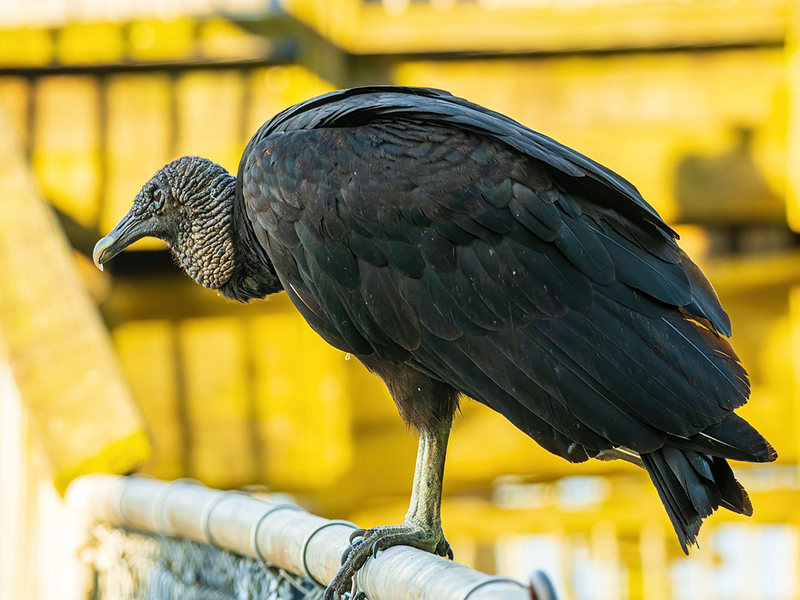 |
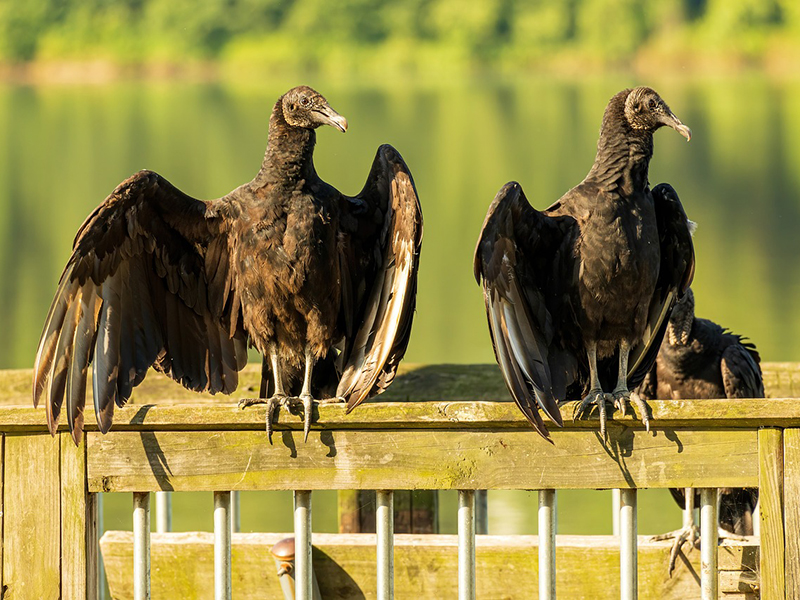 |
With a presence straight out of a western cowboy movie, the black vulture is another species that falls into the "maybe" monogamous category. While it has been observed that black vultures can stay with the same mate for several years, they are also known to find new partners multiple times throughout their lives. What sets black vultures apart is their unique family dynamics. Roosts of black vultures often feature adult birds reuniting with their young from previous mating seasons. It’s not uncommon for these groups to share their favorite scavenging spots or even bring less successful scavengers to food, helping one another in their search for sustenance.
The black vulture can be difficult to distinguish from the more common turkey vulture found in New Jersey, as both share a dark body and nearly 6-foot wingspan. One of the easiest ways to tell them apart is by looking at their heads (if visible). The turkey vulture has a red, featherless head, while the black vulture, as its name suggests, has a featherless black head. The lack of feathers on both species serves an evolutionary purpose—since their diet consists largely of carrion, its advantageous not to have anything that could get dirty while feeding. Feathers on the head could harbor bacteria or lead to infections.
If the head isn't visible because the vulture is flying, another way to identify them is by checking the pattern on their wings. Black vultures have white tips on their wings but no other markings, while turkey vultures typically have white wing tips extending along the length of their wings and white spots on their tail feathers. In New Jersey, turkey vultures are much more common, as black vultures tend to favor warmer, year-round environments in the southern U.S. and Mexico.
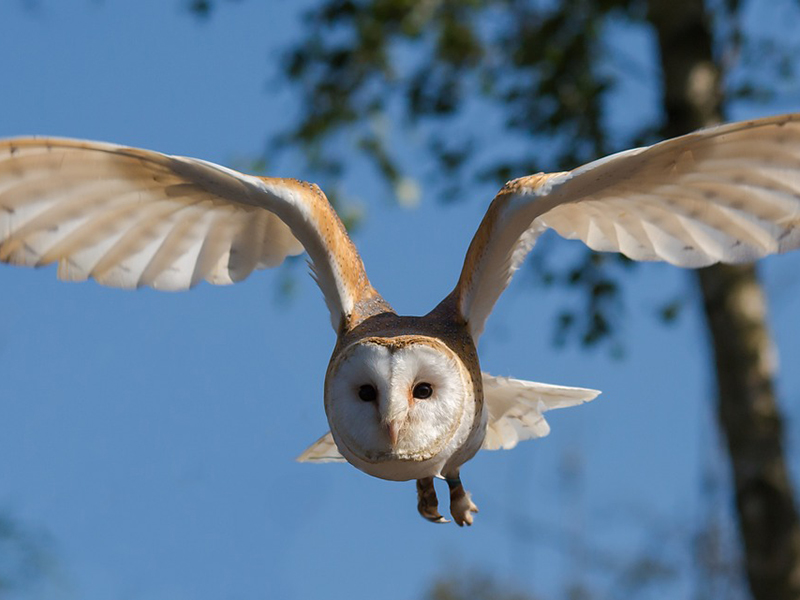 |
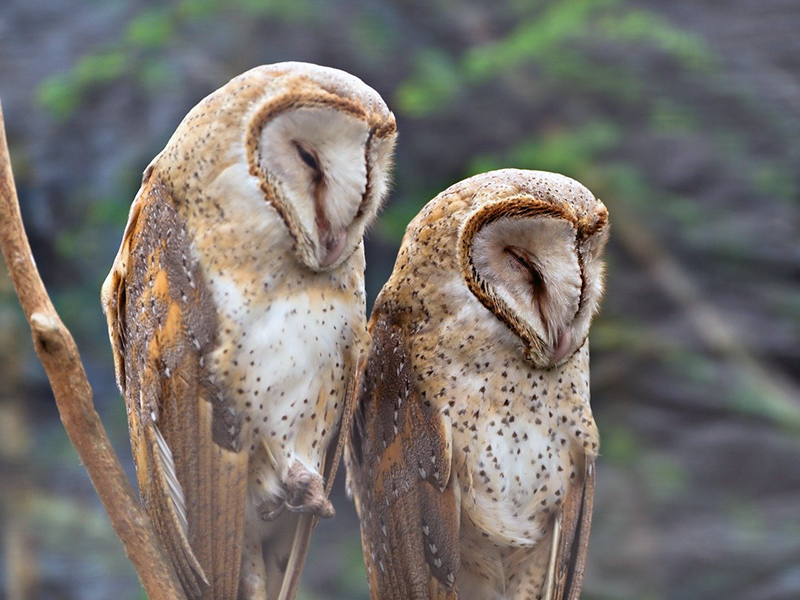 |
Knock knock.
Who's there?
Hoo.
Hoo who?
What are you, an owl?
While this classic knock-knock joke is common, encountering an American barn owl in the wild is a rare experience. These nocturnal hunters are often elusive during the day, spending most of their day resting. Although they are more active at night, spotting them can still be a challenge, especially since their flight is nearly silent thanks to a unique feather adaptation. In fact, even if you were to hear one from its call, it wouldn’t be the familiar “hoot” you might expect, but a raspy scream instead.
Barn owls primarily hunt small rodents, and they are excellent predators, relying on highly developed senses to capture their prey. Their sense of hearing is particularly remarkable, with their heart-shaped faces acting like a satellite dish. Additionally, barn owls have asymmetrical ear openings—one pointing upwards and the other downwards—allowing them to pinpoint the direction of sounds with incredible precision, whether from above, below, or from the sides.
With a wingspan of about 4 feet and weighing just 1.5 pounds, the American barn owl is both a fascinating creature and a valuable ally to farmers, helping control rodent populations and benefiting agriculture. However, the owl’s numbers are declining, largely due to the widespread use of pesticides, herbicides, and rodenticides in modern farming.
Barn owls typically mate for life, though their average lifespan is only around 2 years. During courtship, males perform a unique display called “moth flight,” where they hover in front of a female to impress her.
 |
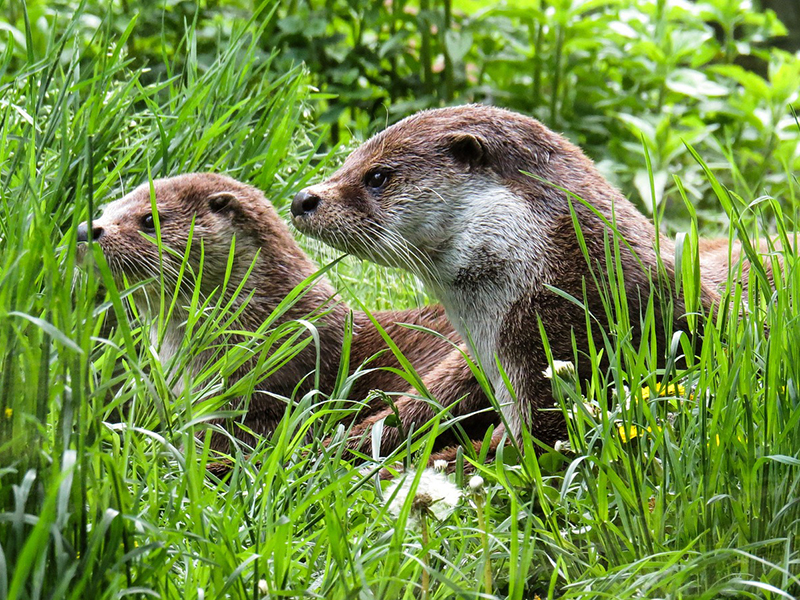 |
The American river otter is commonly found in lakes, rivers, and marshes across North America. With sleek, streamlined bodies and webbed hind feet, they are exceptional swimmers, using their long, muscular tails to propel themselves gracefully through the water. Their thick, water-resistant fur helps insulate them against the cold, while their keen sense of smell and sharp vision make them skilled hunters.
River otters primarily feed on fish, amphibians, and small invertebrates, playing a crucial role in maintaining balanced aquatic ecosystems. Often seen engaging in playful activities in the water, they are known for their curious and social behavior, especially within family groups. Their playful antics are not only a form of social bonding but also help strengthen their hunting skills, as otters often work together to catch prey.
Despite their social nature, river otters are usually monogamous, with pairs forming strong, lasting bonds that can persist for life or at least for several breeding seasons. These monogamous pairs usually collaborate in raising their young, with both parents often participating in hunting and caring for their offspring. This cooperative behavior ensures the survival and well-being of their young, who are born in dens near the water's edge.
With that being said, it has also been observed that the female will sometimes evict the male from the den after the offspring are born. Until the offspring are a couple of months old, she will keep him from returning. This behavior isn’t well studied, so it is unknown what the reasoning for it might be. Talk about being sent to the dog (otter) house!
River otters are important indicators of ecosystem health, as their presence and population levels reflect the quality of their environment. However, they are vulnerable to habitat loss, water pollution, and human activity, all of which can disrupt their delicate ecosystems.
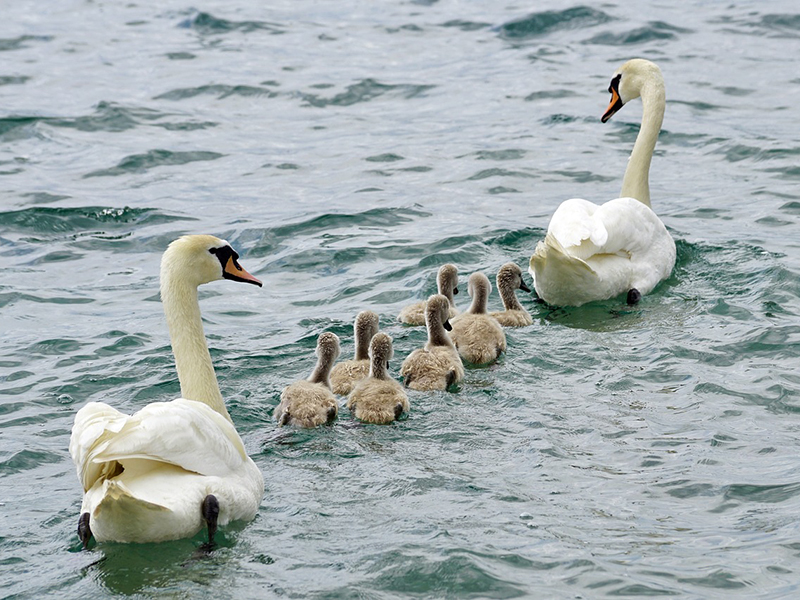 |
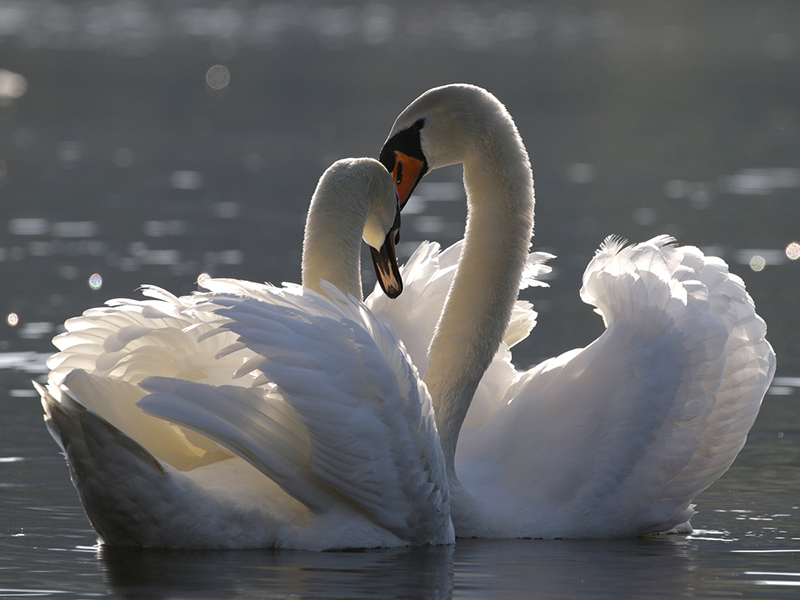 |
The mute swan is often regarded as a symbol of love, admired for its graceful and elegant appearance. Found gliding across ponds, lakes, and rivers, they are easily recognizable and hard to mistake. Both male and female swans are protective of their territory and will aggressively ward off intruders, particularly when defending their nests. Mute swans are known for forming long-term monogamous bonds, typically mating for life.
Mute swans live, on average, 10-20 years in the wild, though some have been known to live as long as 26 years. When it comes to nesting, male swans will explore several sites before the female chooses the final location. Once selected, the pair works together to build a large nest, sometimes up to 5 feet in diameter. Constructed from reeds, grasses, and other materials, the nest serves as a secure environment for their eggs and offspring, called cygnets.
Originally introduced to North America in the 1800s and 1900s from Europe, mute swans were brought for ornamental purposes to enhance the beauty of private residences, parks, and other locations. However, they have since become an invasive species, disrupting local ecosystems. Their large size and territorial nature, combined with their ability to consume up to 8 pounds of vegetation daily, allow them to outcompete native species for food. Though they remain a symbol of love in many cultures, their environmental impact has raised concerns, particularly in areas where they threaten the biodiversity of native species.
At Lake Hopatcong and across New Jersey, you may be lucky enough to observe these “love birds” throughout their lives. Whether you're a seasoned naturalist or simply curious about local wildlife, there’s always something new to discover about the fascinating species that call the Garden State home. Every footprint, from the tiniest to the largest, helps shape the vibrant life of our lake, and even the smallest presence can have a big impact.
I hope you’ve enjoyed learning about these monogamous species. Perhaps this article has inspired you to explore nature further—whether through reading, visiting a website, or simply stepping outside! If you have any wildlife photos from Lake Hopatcong, or if there’s a critter you’d like to see featured in an upcoming Creature Feature, please send your submissions to info@lakehopatcongfoundation.org. See you in March!
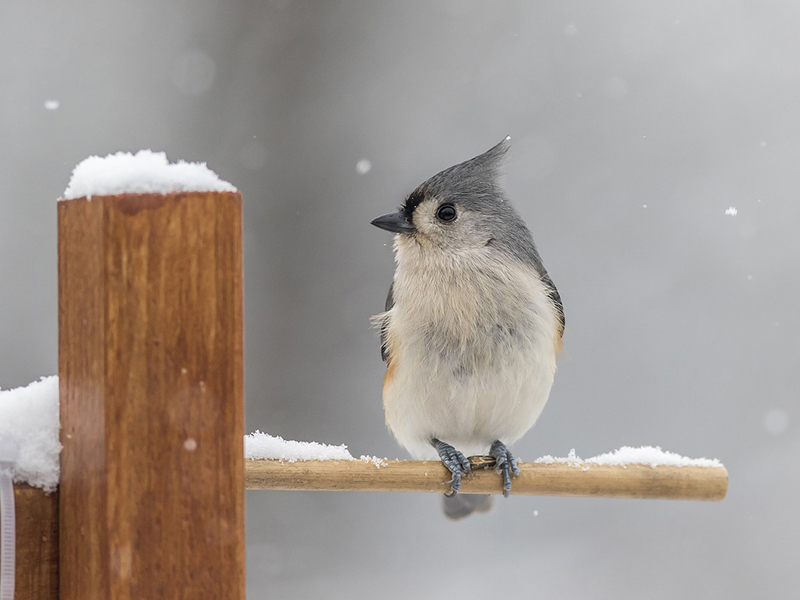
January 06, 2025
Education, Environment

December 04, 2024
Education, Environment

October 21, 2024
Education, Environment